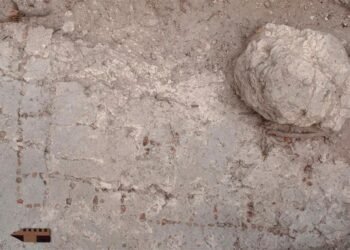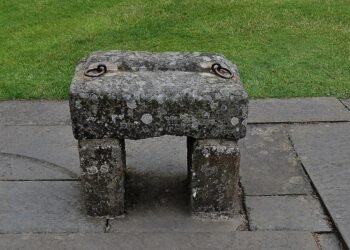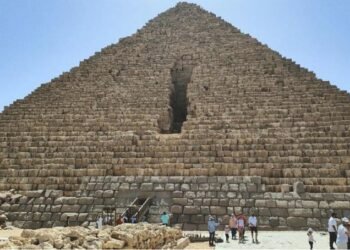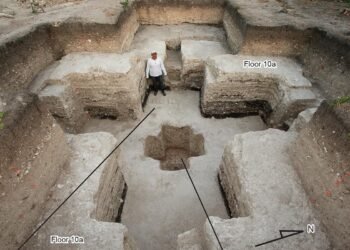In a remarkable breakthrough blending archaeology and advanced 3D technology, Oxford University archaeologist Professor Juan de Lara has shown how the ancient Greeks used advanced lighting techniques to transform the inside of the Parthenon into a stage of divine spectacle. De Lara’s four-year study, published in The Annual of the British School at Athens, finally answers an ancient mystery about how light was used in the world-famous temple dedicated to Athena on the Acropolis of Athens.

Instead of the traditional vision of Greek temples as bright, marble spaces, de Lara’s research shows that the Parthenon was kept dim. This dark atmosphere created a theatrical setting for a dramatic lighting effect that seemed to illuminate the enormous chryselephantine statue of Athena by Phidias, made in 438 BCE.
Using advanced digital modeling and physically based light simulation, de Lara reconstructed the temple architecture to within a margin of error of only two centimeters. The model accounted for the materials used—reflectivity of ivory, gold, and polished marble—and took into account ancient values of solar movement. His calculations verified that on specific mornings during the time of the Panathenaic Festival, when the goddess was being celebrated every four years, the light of the sun would enter the temple through its eastern doorway. It would fall upon Athena’s golden robes, illuminating her against the darkened interior—a calculated and awe-inspiring optical illusion.

“Imagine entering the Parthenon—your eyes, still weary from the bright sun outside, slowly adjusting to the gradual darkness within,” said de Lara. “As sunlight filters through the temple’s doorway, it strikes the gold of the goddess’s robes with a luminous vertical beam. This was the effect the architects and Phidias intended to create. It must have been magical!”

The findings address a question first posed in the 18th century by French architect Antoine-Chrysostome Quatremère de Quincy, who hypothesized that openings on the roof let in light for the temple. Subsequently, 19th-century British architect James Fergusson suggested that the answer rested with high-level windows. De Lara’s study confirms that both accounts had merit but were part of a system: roof apertures, reflecting water basins within, translucent ceilings, and bright materials all played a role.
The research also subverts centuries of neoclassical assumptions, notably those rooted in Johann Joachim Winckelmann’s Enlightenment values of white marble and open, rational spaces. De Lara provides, however, a more nuanced reality—one in which the Greeks designed spaces to engage the senses and the spirit through intentionally orchestrated light.

Through his digital recreation of the Parthenon’s interior to unprecedented accuracy, de Lara has shed light on ancient architectural planning and opened up new possibilities for public education. He plans to turn his discovery into an interactive virtual reality experience, free for museums and education centers, to allow modern audiences to experience the sacred space as its original inhabitants did.
“To unlock the full potential of archaeological discoveries, we must keep embracing technology and digital tools as essential partners in exploration and research,” de Lara said.
























Comments 0